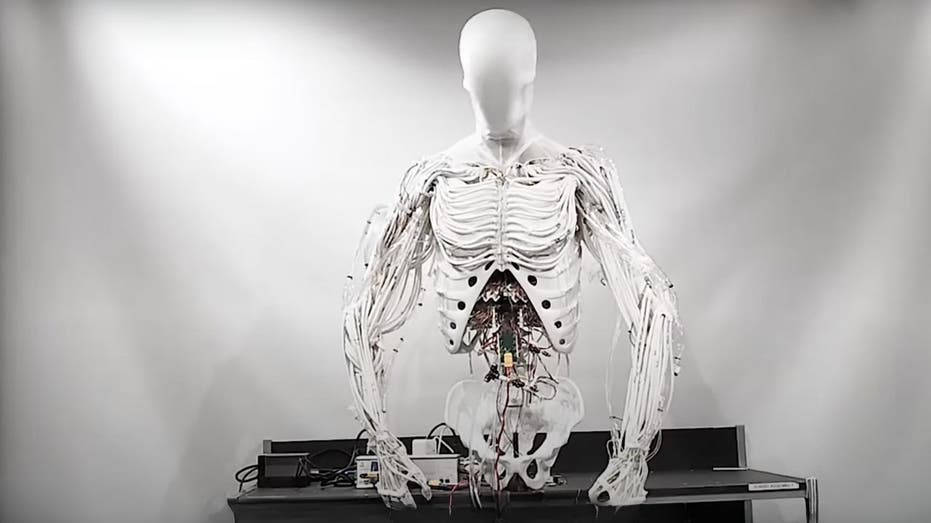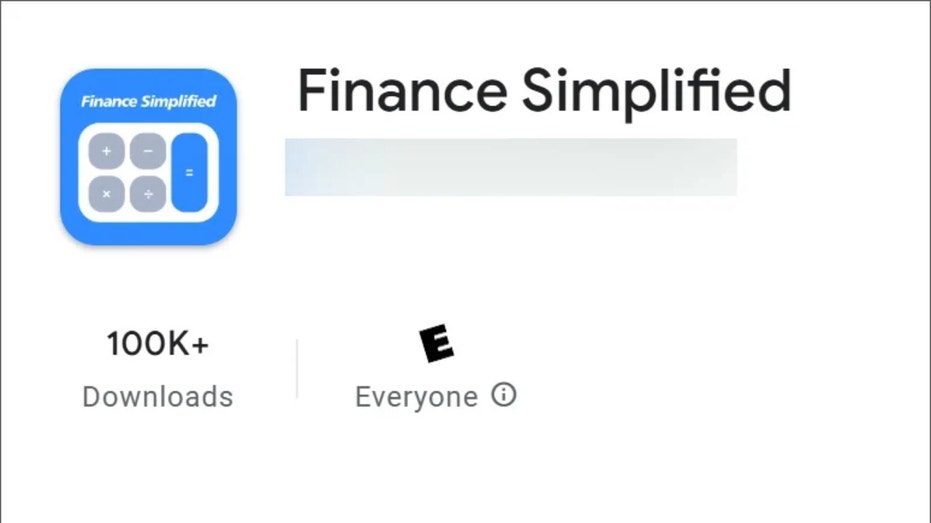- by foxnews
- 12 Mar 2025
‘I just wanted to play Duck Hunt with my kids’: the man on a mission to bring back the light gun
‘I just wanted to play Duck Hunt with my kids’: the man on a mission to bring back the light gun
- by theguardian
- 08 Mar 2022
- in technology

Almost every console and computer, from the Sega Dreamcast to the humble Amstrad CPC, once had its very own light gun. Whether you were shooting ducks with the NES Zapper or downing baddies in Time Crisis on the PlayStation, they were ubiquitous - yet now they are all but extinct. Andrew Sinden aims to change that: he's on a crusade to make light-gun games mainstream again. "I'd consider the project has failed if I don't manage to do that," he says.
It all began around four years ago, when Sinden's parents were cleaning out their loft. They came across his old NES, and asked him whether he still wanted it. "Of course, the answer was yes," recalls Sinden. "And what I really wanted to do was play Duck Hunt with my kids." But after hooking up the console to his television, he was dismayed to find that nothing happened when he pulled the Zapper's trigger. "I completely forgot that light guns didn't work on modern TVs," he admits. "It was a real disappointment, because I thought Duck Hunt on a 50-inch TV would be amazing. I used to play it on a 14-inch TV!"
The way light guns such as the Zapper work is intimately tied how to old-fashioned cathode-ray tube (CRT) TVs "paint" images on to the screen. A beam sweeps across from left to right and top to bottom, only ever projecting one pixel at a time. But the beam sweeps across so quickly, multiple times per second, that we perceive it as a continuous image.
Typically, a light-gun game will make the screen flash white when you pull the trigger. The console will then check the light sensor in the gun to read when it goes from perceiving black to sensing white as the beam reaches the part of the screen the gun is pointing at. The console can then work out how long it took from the start of the screen flash to the moment when the gun sensed white, and that timing reveals where the gun was pointing.
But none of this works with modern TVs, which use thousands of tiny, constantly lit LEDs. Since the demise of CRTs, the few light-gun games that have made it into the home have mostly done so via the Nintendo Wii. That console used an infrared sensor to detect where the Wii Remote was pointing, but this isn't as accurate or fast as the CRT light guns of old. "It's a different game mechanism," says Sinden. "It's a bit like using a mouse."
After his Duck Hunt disappointment, Sinden was suddenly struck by a different idea for how to make a light gun work with modern TVs - by adding a white border to the screen. He reasoned that if a camera in a light gun could pick up the border, it could use it to calculate exactly where the gun was pointing. And a bit of complex maths could even compensate for when the gun was aimed at an oblique angle to the screen. "Before I even made it, I was so sure it was going to work," says Sinden.
He used an old light gun to mock up a prototype, and his background as a software developer meant he was confident in creating the code to make it function. But the hardware was more of a challenge - he had to teach himself some rudimentary electrical engineering via the internet to work out how to put it all together. "The information's there," he says, "it just takes a while to actually understand it."
His thoughts turned to how it could be made into an actual product. He launched a Kickstarter campaign in 2018: "And it was a big, big failure really," he remembers. "People didn't believe it would work." He estimated he would need �250,000 to put the gun into production, but only ended up raising around �2,000.
At this point, Sinden thought about giving up. But his dad eventually talked him into pursuing his dream. "He was like, 'Look, if you're going to do it, you might as well go big'," recalls Sinden, who decided to go back to Kickstarter in 2019. "This time I only asked for �25,000, because I'd already decided to go ahead anyway," he says. "If the sales were low, then I was going to fund everything myself."
Second time around, he paid a 3D designer to come up with a more professional-looking prototype ahead of the Kickstarter campaign. On YouTube, he demonstrated the Sinden Lightgun to a waiting list of prospective buyers. When the Kickstarter launched, he smashed through his �25,000 target within a couple of days, eventually raising more than �238,000.
But actually making the light gun wasn't as easy as he thought. "I didn't necessarily appreciate some of the intricacies of manufacturing," Sinden admits. "Everything just took ages. And this was pre-pandemic as well." The shell design had to be tweaked multiple times to make it suitable for injection moulding, and the electronics board needed numerous modifications, too.
Sinden eventually begin shipping light guns to backers in September 2020, and started taking orders on Indiegogo for people who had missed out on the original Kickstarter campaign. By the end of 2021 he had shipped around 10,000 Sinden Lightguns. He estimates he will finally clear the order backlog by February, at which point he'll be able to ship direct from stock.
The guns don't come cheap. A basic model costs �80, while a version with recoil will set you back �135. Sinden envisaged being able to get the price down as production increased, but the turmoil of the past couple of years has scuppered that plan. "All that's happened is that any savings I've managed to make have been cancelled out by the pandemic," he says, noting that component costs have continued to creep up.
The current version of the Sinden Lightgun is compatible with PC and Raspberry Pi, but setting it up can be a little daunting. A wiki guides you through the process, and there's a large Discord community to provide help if you get stuck. More problematic is the relative lack of light-gun games available on PC; most users turn to emulating older console games.
It's possible to connect a Sinden Lightgun to older consoles, but it's a laborious process that necessitates building your own adapter. However, Sinden is already working on a plug-and-play version of the light gun for the original PlayStation, with adapters for other consoles to follow.
Sinden's ultimate aim is to make light-gun games mainstream again - and that means getting the big console manufacturers and publishers on board. "I'm working on it, that's kind of all I can say," he says. He still has a long way to go before his dream is realised. "When I get in touch with you to play Time Crisis 6 on the new Xbox or PlayStation," he says, "that's when I'll have nailed it."
- by foxnews
- descember 09, 2016
Daring airport trend has travelers arriving at gate 15 minutes before takeoff
Flight passengers are participating in the new viral trend, "airport theory," with flyers arriving at their gates 15 minutes before their flights depart. A travel expert weighs in.
read more





